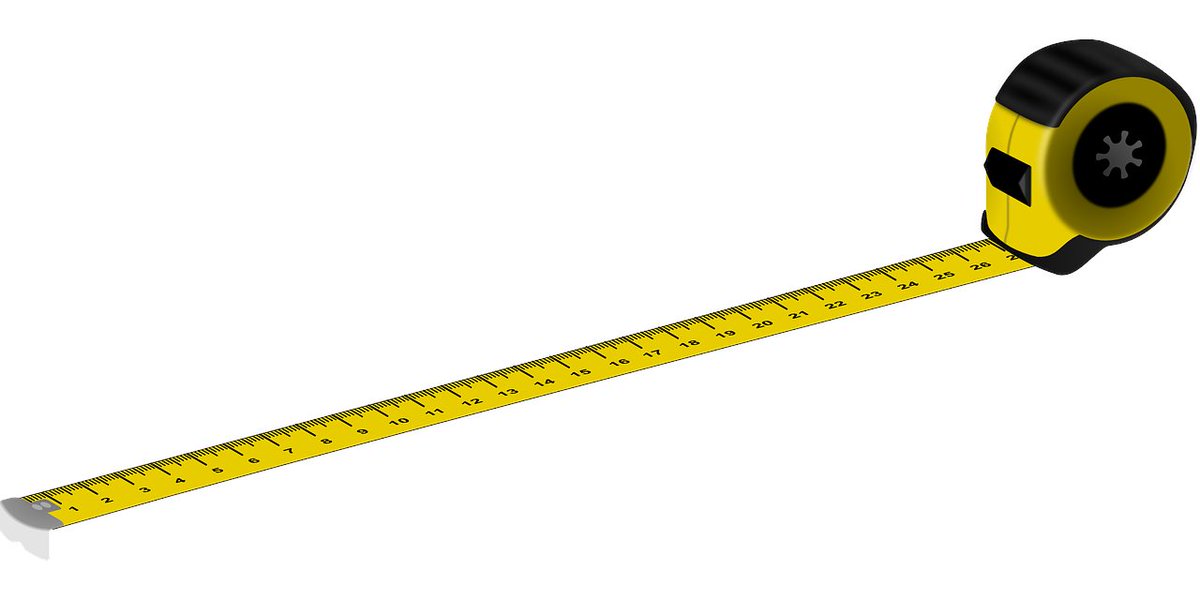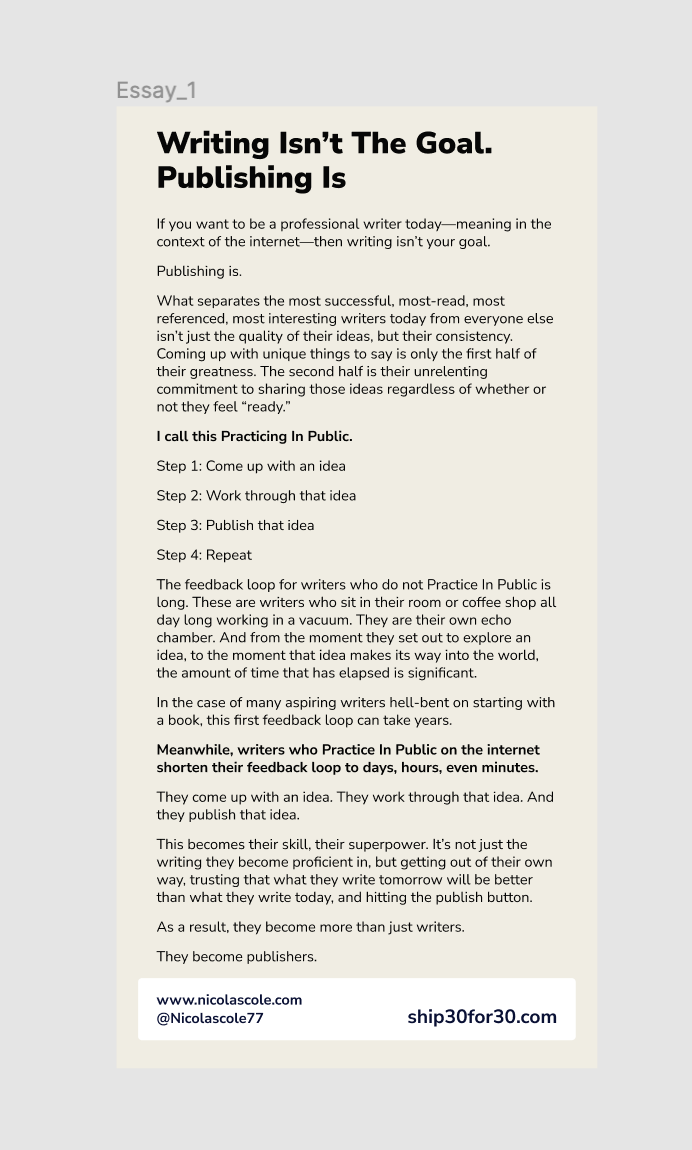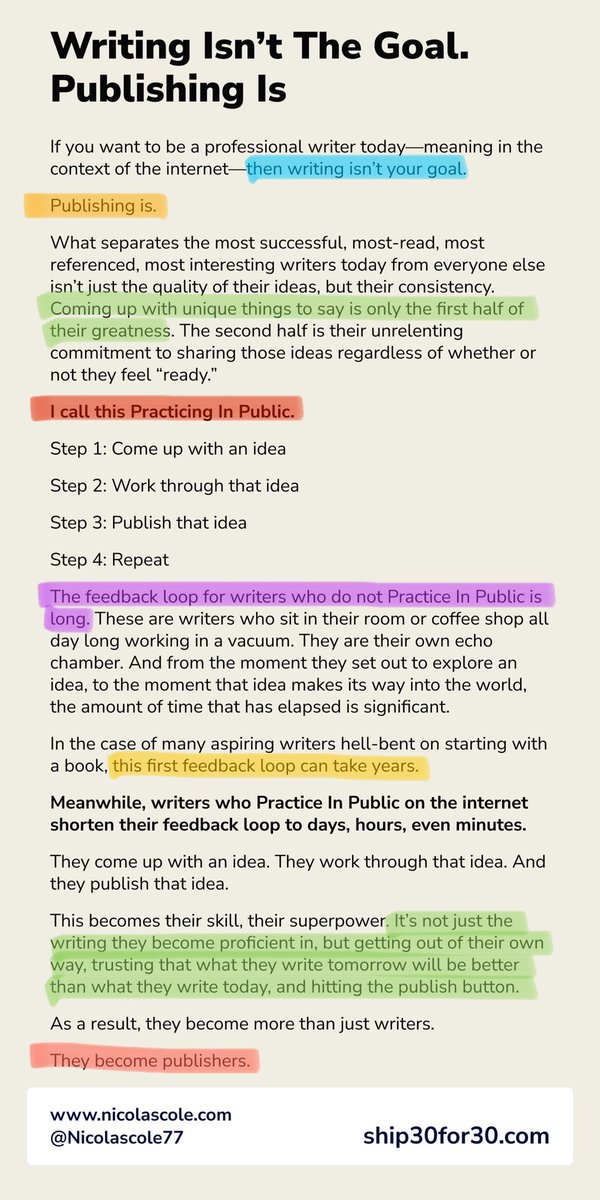
What do you see in the picture? A piece of cardboard? Some junk? No! — It’s a model!
Thread on models and bounded contexts 1/9
#DDDesign #BoundedContext




More from Design
I've been thinking about the "reframing of powerlessness as righteousness" with regards to design education, and I want to jot down some loose thoughts...
Around 2012, while on summer break from what I felt was a lackluster school year, I was kind of at a breaking point. A prominent designer was peddling this self-help program, a $6000 weeklong workshop that centered around dinner with him and his influential friends.
His response to a fan who was deeply inspired by him and wanted to be a better designer, who asked "what if I can't afford the $6000?" was "You simply don't *want* to afford it." It's not a priority for you. I remember seeing it on Facebook and getting up from my chair.
It was gross, and it felt like the latest incident in what seemed like a long generational road of manipulating impressionable young people into thinking that the only thing stopping them from having the lives of these visible figures was passion
It felt wrong. Absolutely wrong. I thought about my best friend from high school. Someone just as—if not more—talented than me in art. Both of us dreamed of going to the same art school. Only one of us did. His familial socioeconomics as his undocumented status made it impossible
A person who adamantly argues for why you are powerless and takes offense at your self-determination could not be more clear about what role they prefer you in.
— Salom\xe9 Sibonex (@SalomeSibonex) December 30, 2020
Around 2012, while on summer break from what I felt was a lackluster school year, I was kind of at a breaking point. A prominent designer was peddling this self-help program, a $6000 weeklong workshop that centered around dinner with him and his influential friends.
His response to a fan who was deeply inspired by him and wanted to be a better designer, who asked "what if I can't afford the $6000?" was "You simply don't *want* to afford it." It's not a priority for you. I remember seeing it on Facebook and getting up from my chair.
It was gross, and it felt like the latest incident in what seemed like a long generational road of manipulating impressionable young people into thinking that the only thing stopping them from having the lives of these visible figures was passion
It felt wrong. Absolutely wrong. I thought about my best friend from high school. Someone just as—if not more—talented than me in art. Both of us dreamed of going to the same art school. Only one of us did. His familial socioeconomics as his undocumented status made it impossible





























